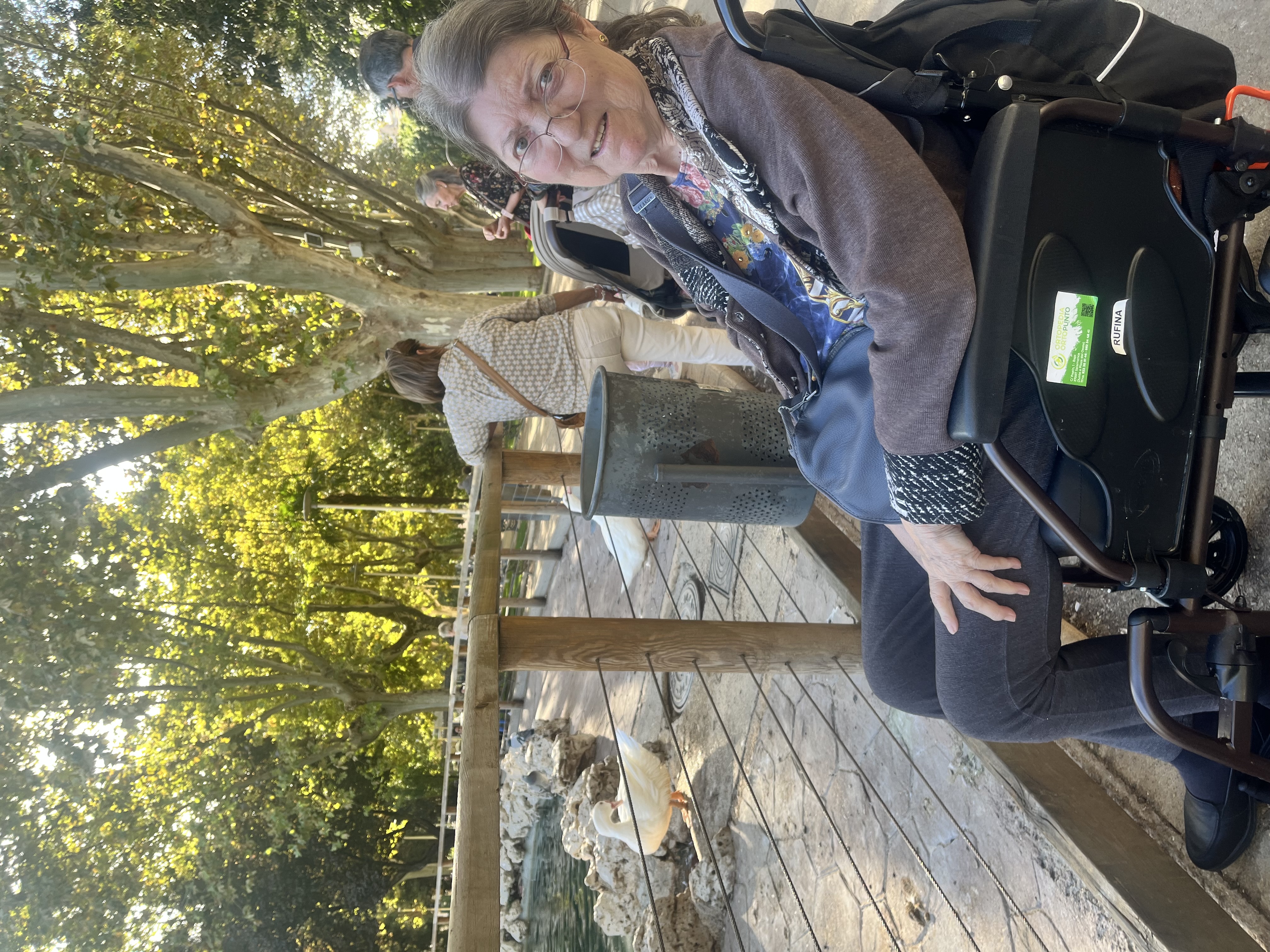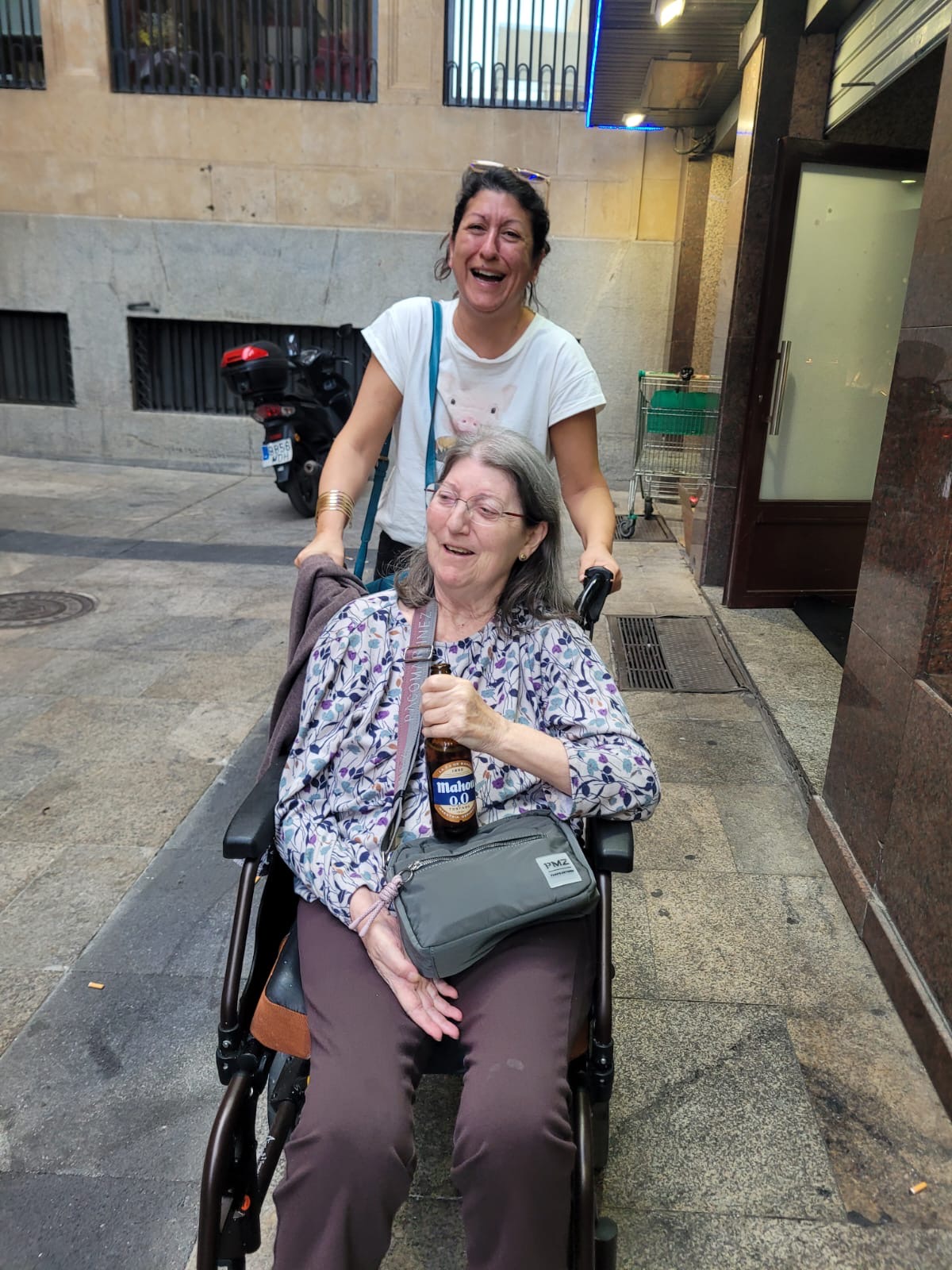Through My Mother’s Eyes: The Unseen Struggles of Accessibility

When my mum had a stroke in 2020, right in the middle of the pandemic, my world stopped. In a single day, everything that felt certain and stable was turned upside down. My mum, once feisty and fiercely independent, suddenly needed a wheelchair and 24-hour care. And I, her daughter, had to learn what it truly means to navigate a world that isn’t built for everyone.

Before this, I thought I understood what accessibility meant. I thought a few ramps here and there, a lift, or a designated parking space was enough. But the truth is, you never really understand the daily challenges faced by people with disabilities until you live them, until you’re standing on a street corner with a wheelchair, trying to find a way up a kerb that’s just a few centimetres too high, or watching your loved one’s face as strangers look past them instead of at them.
Accessibility is a core part of social sustainability because it ensures everyone can participate fully in society, regardless of ability. Designing communities to be accessible reduces inequalities, supports independence, and creates fair, inclusive environments where people can live, work, and belong.
Ireland is a beautiful country, but it’s not a friendly one for wheelchair users. Cities are full of small obstacles that most people never notice, cars parked half on the pavement, broken footpaths, uneven surfaces, and narrow doorways that turn a simple coffee outing into a military operation.
We say we are an inclusive society, yet we are still not educated enough to understand what that truly means. Accessibility is not charity. It’s not about doing something extra for someone, it’s about creating a world where everyone belongs. This is the heart of social sustainability — ensuring people can participate fully in society, feel safe moving through their communities, and have equal access to opportunities. When we park our cars on kerbs or leave bins blocking footpaths, we’re saying, even if unconsciously, that someone else’s movement matters less than our convenience.
Since my mum’s stroke, I’ve had the privilege, and the curse, of seeing the world through her eyes. Every space I enter, every street I walk, I now see differently. I see the barriers, the design flaws, the missed opportunities for compassion and inclusion. I see how isolating it can be to depend on a system that doesn’t see you. And I’ve learned that accessibility isn’t a “nice-to-have” — it’s a core part of creating socially sustainable communities where everyone, regardless of ability, can live with dignity.
And yet, amidst all of this, there is laughter. There are small moments of joy where we find a way to smile despite the struggles. My mum, holding her non-alcoholic beer, laughing in the sunshine, reminds me that resilience is a quiet kind of strength. That even when the world isn’t made for you, you still find your place in it.
So, the next time you’re parking your car, walking down a street, or planning a public space, take a second to imagine what it looks like from a wheelchair. Think of how one small action, moving a bin, fixing a kerb, leaving space, can change someone’s day.
Accessibility shouldn’t be an afterthought. It should be the foundation of how we build our communities. Because inclusion is not about ramps and regulations, it’s about empathy, awareness, and the shared humanity that connects us all. When we design with everyone in mind, we aren’t just meeting needs—we’re strengthening the social fabric that holds communities together.
Remember our SDG Series? Particularly Goal 10: Reduced Inequalities and Goal 11: Sustainable Cities and Communities. These goals remind us that true sustainability is not just environmental, it’s social. A city cannot call itself sustainable if it leaves people behind. Accessibility is one of the strongest indicators of social sustainability, because it shows whether a community values equity, belonging, and participation for all. Inclusion, accessibility, and dignity for all are not optional extras; they are essential to building a fair, compassionate world where everyone, regardless of ability, can participate fully and equally.
If you’re interested in understanding how accessibility, inclusion, and social sustainability fit into your wider sustainability responsibilities, our Sustainability Reporting Course explores these themes in a practical, accessible way. You can learn more here.
💚 FSG Team



